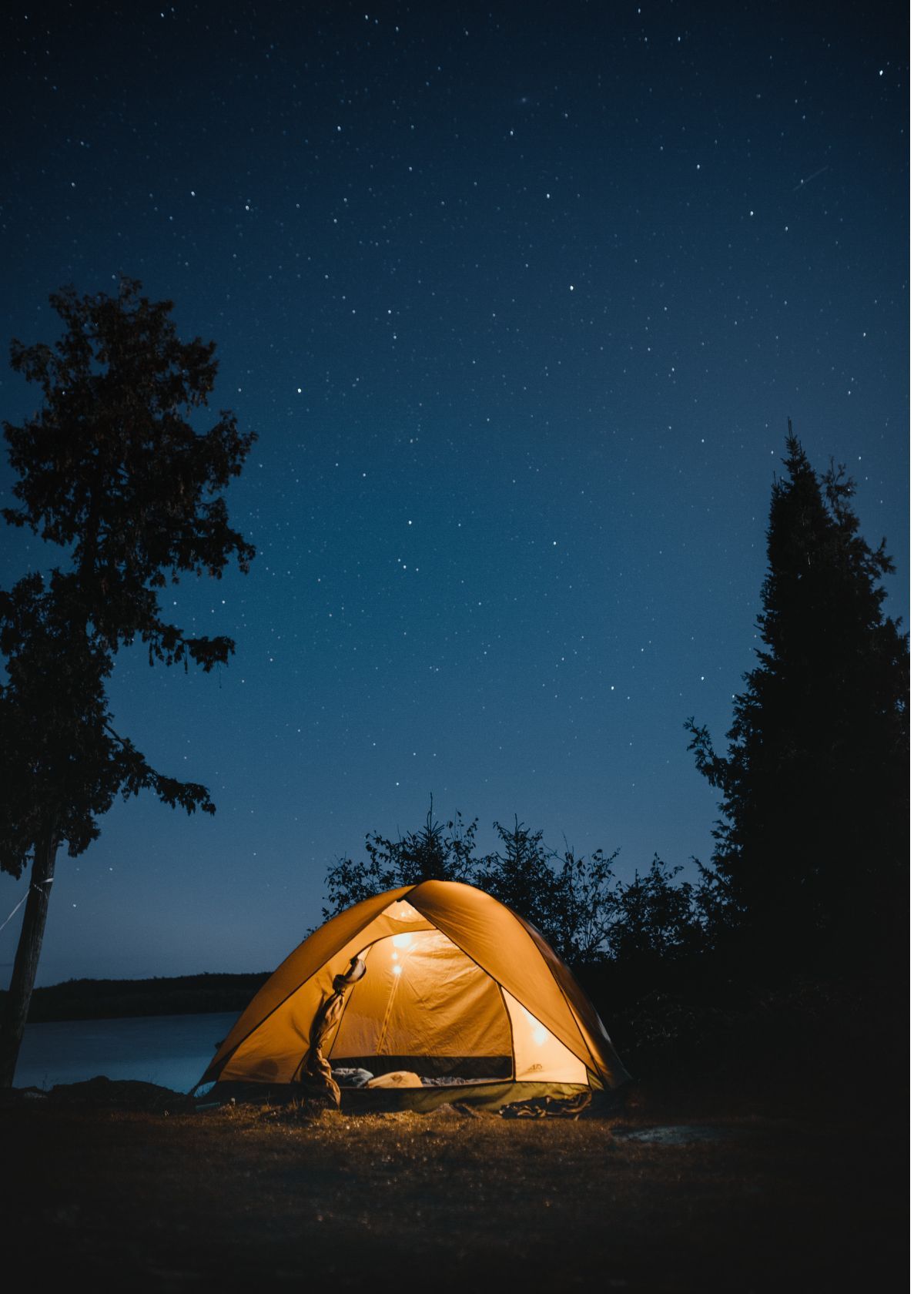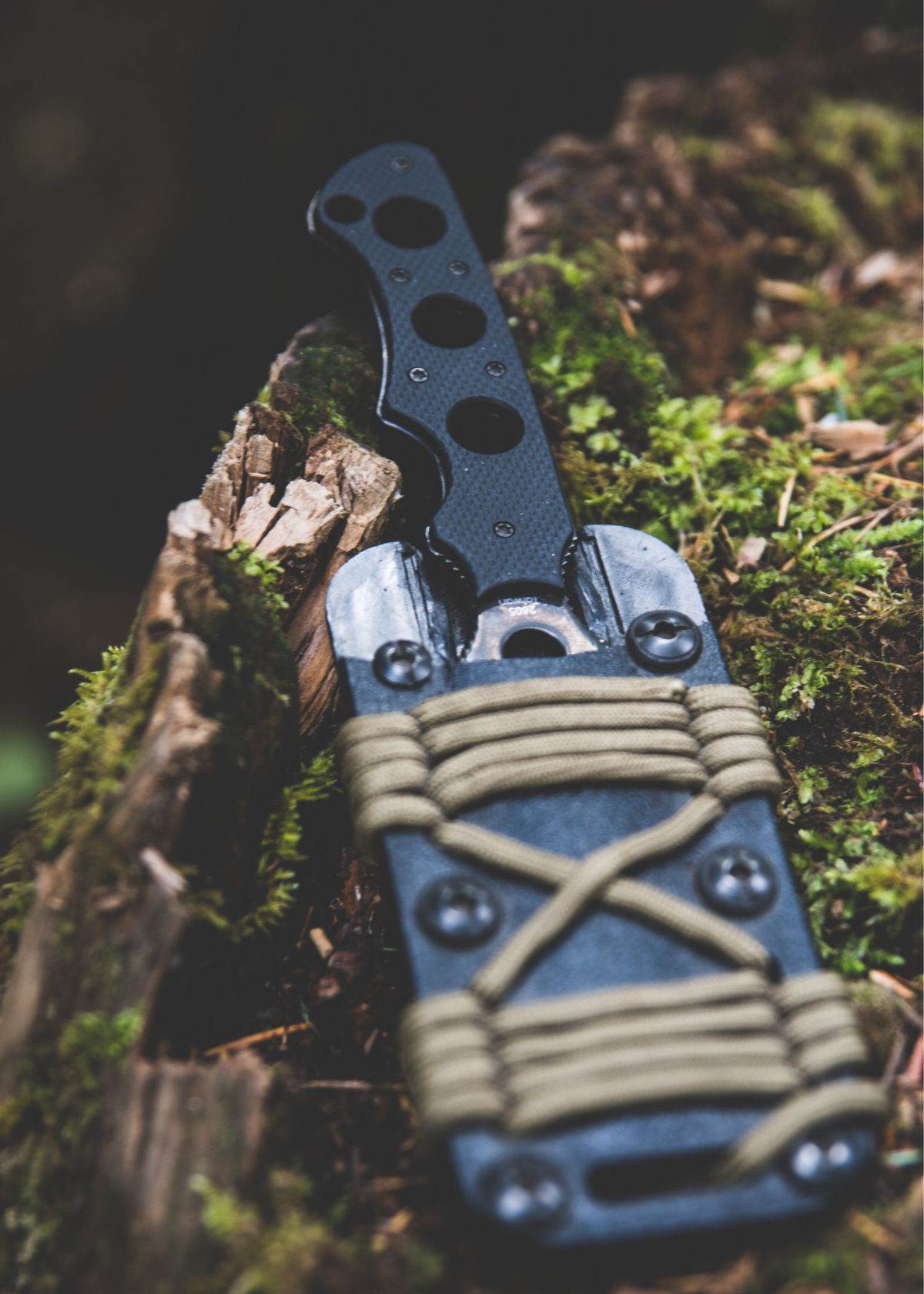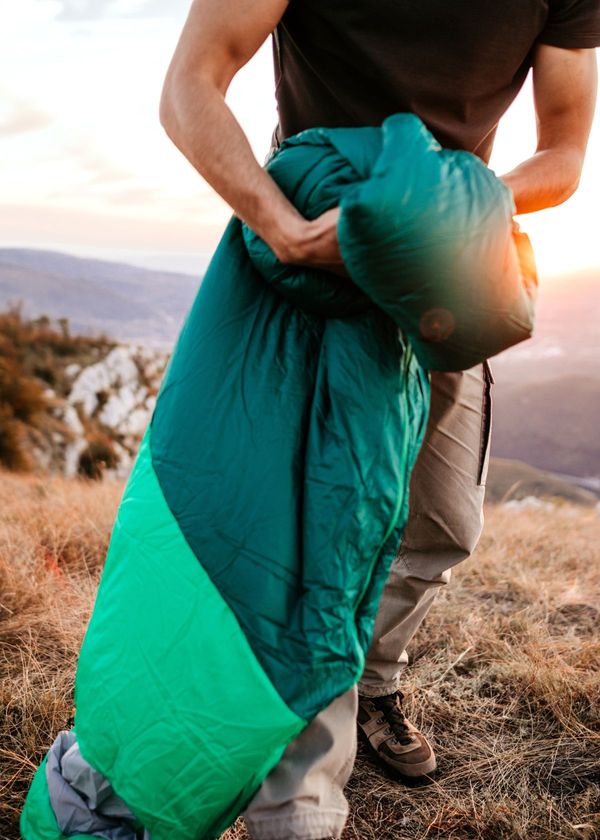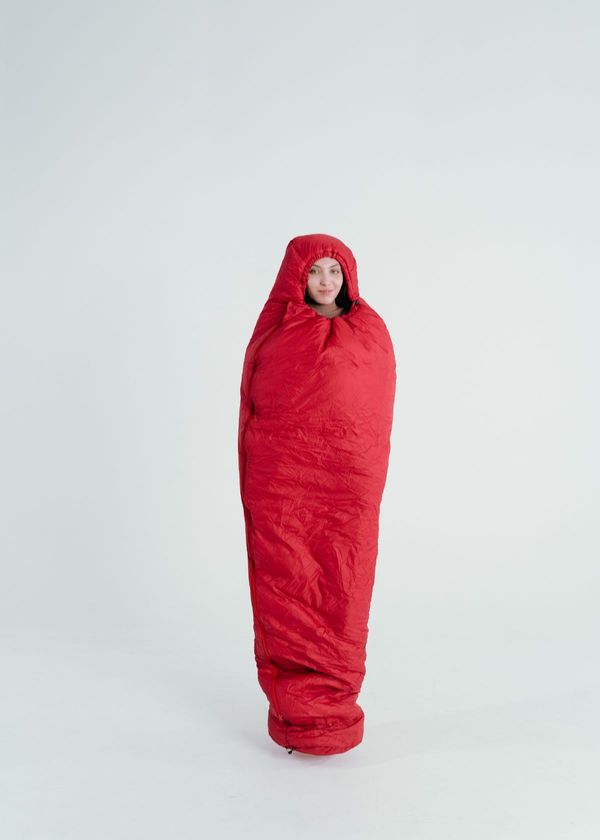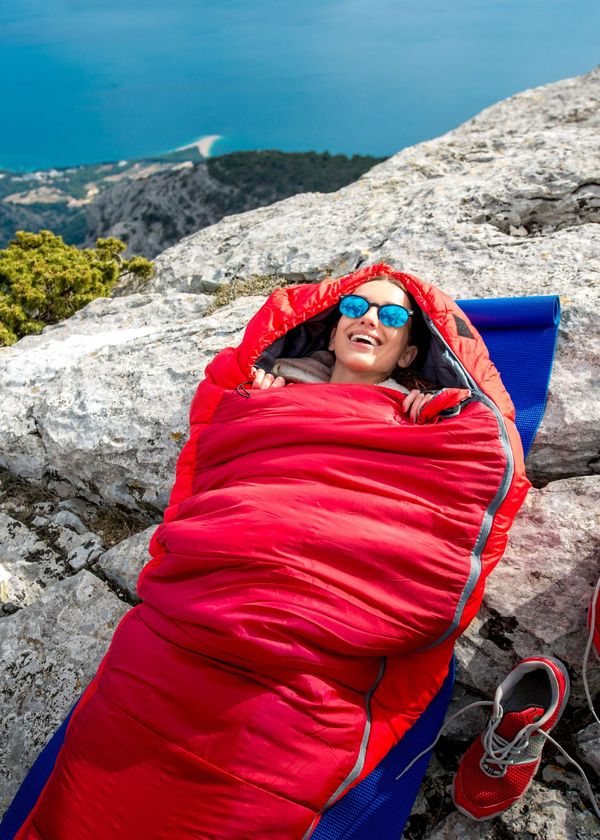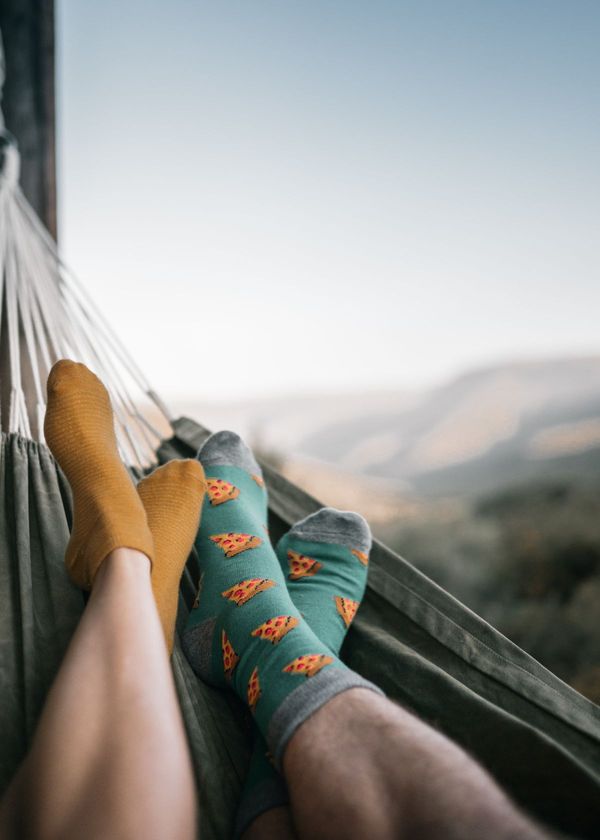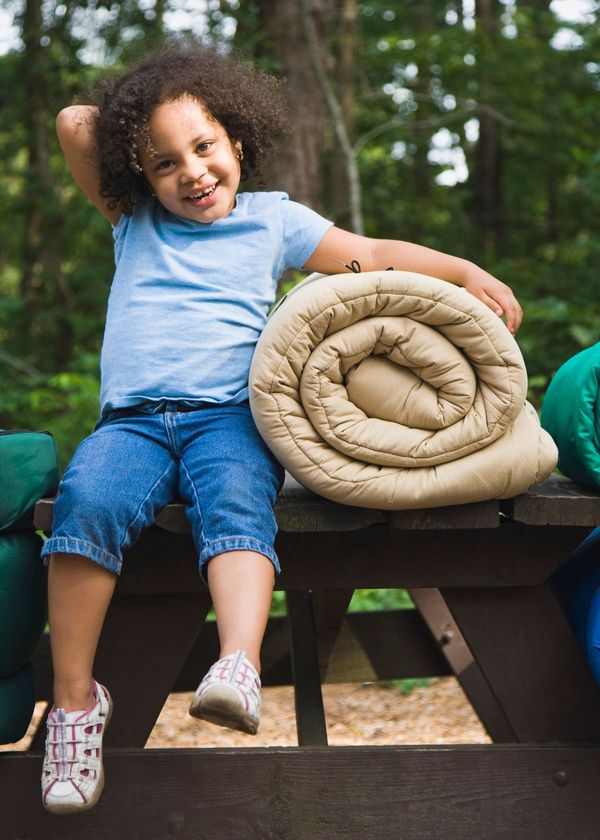Camping is one of the best ways to enjoy the great outdoors, whether you're hiking through the wilderness or setting up camp in a beautiful park. However, to fully enjoy your camping experience, you need to have the right equipment, and one essential item is a camping knife.
A camping knife is not only useful for cutting up food or preparing kindling for a fire, but it can also be a crucial tool for safety and survival.
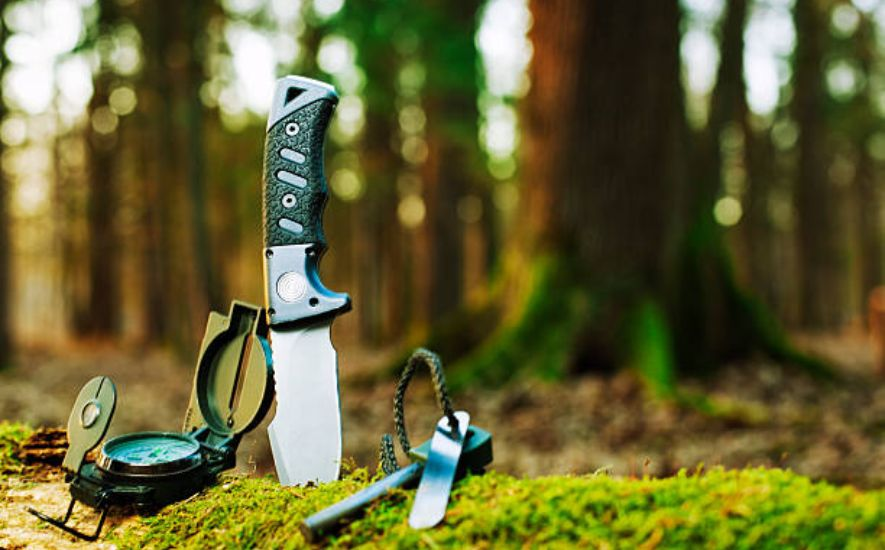
With so many different camping knives on the market, it can be overwhelming to choose the right one for your needs. You need to consider factors such as blade material, blade length, handle comfort, and overall durability. The best camping knife is the one that feels comfortable in your hand and meets all of your camping needs.
In this guide, we will take a closer look at the features you should consider when choosing the best camping knife for your needs. We will discuss the different types of camping knives available, their uses, and what features to look for when making your selection. Whether you're an experienced camper or a beginner, this guide will help you decide which camping knife to add to your camping gear.
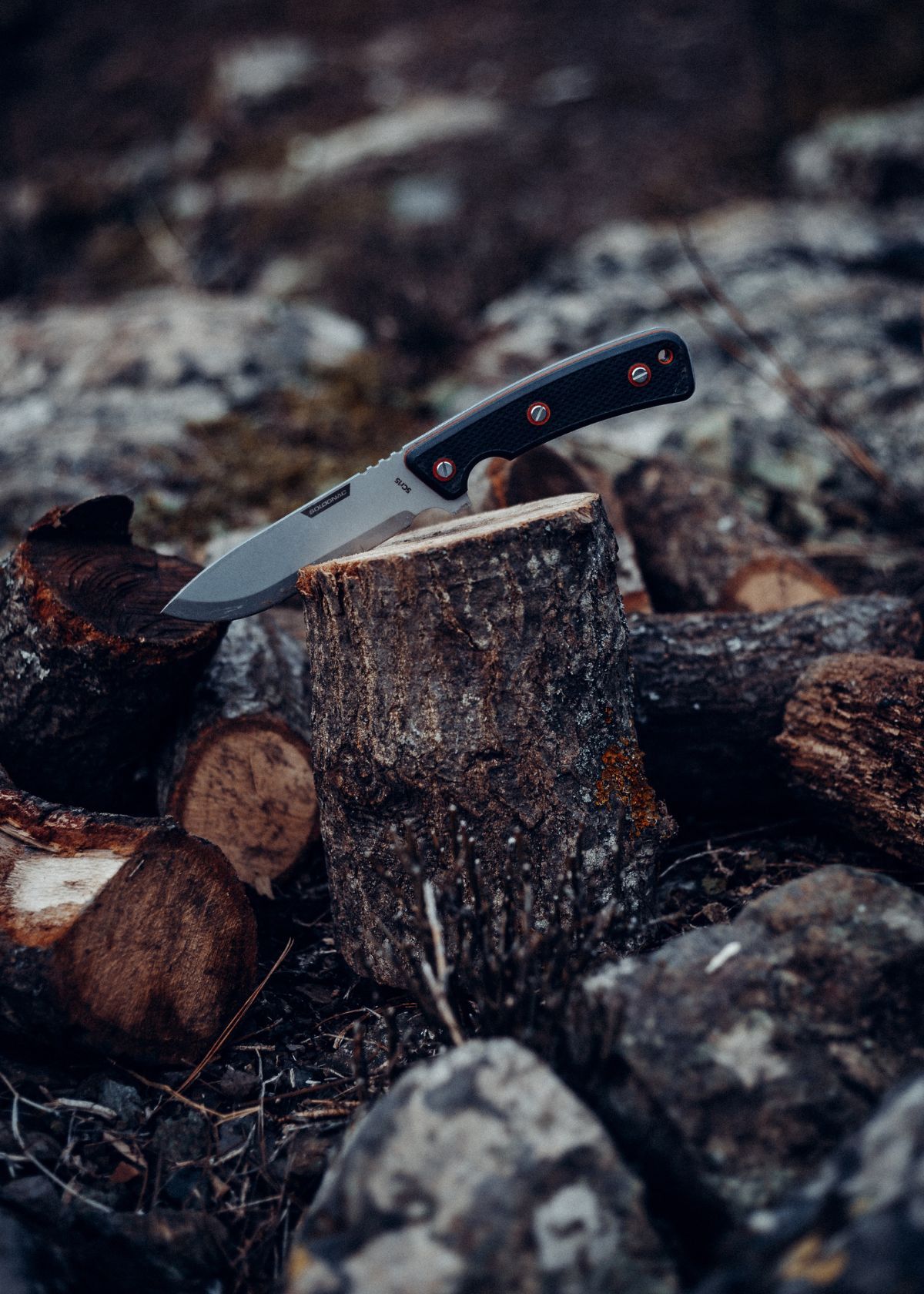
Ultimate Guide to Choosing Your Perfect Camping Knife
There's nothing quite like the feeling of heading out into the great outdoors for a camping adventure. Whether you're planning a weekend trip or a longer excursion, having the right gear can make all the difference. One item that should always be on your packing list is a reliable camping knife.

But with so many options available, choosing the perfect one can be overwhelming. That's why we've put together the ultimate guide to choosing your perfect camping knife, so you can focus on enjoying your time in nature without worrying about the tools at your disposal.
Blade Material
When it comes to choosing a camping knife, the blade material is one of the most important factors to consider. Different materials have their own unique properties that affect the knife's performance and durability. A stainless steel blade is a popular choice due to its resistance to rust and corrosion.
However, it may not hold an edge as well as other materials. Carbon steel, on the other hand, is known for its sharpness and durability, but it does require more maintenance to prevent rust. Other materials like ceramic and titanium are also available, each with its own pros and cons.
Blade Shape
The shape of the blade can also have a significant impact on how well your camping knife performs. A straight blade is a versatile option that can handle a variety of tasks, from slicing through a rope to chopping wood.
A serrated blade, on the other hand, is ideal for cutting through tougher materials like leather or rubber. A tanto blade is a good choice for piercing and slicing, while a drop point blade is ideal for general use and skinning game.
Blade Size
The size of your camping knife's blade is another important factor to consider. A smaller folding blade is ideal for detail work and precision cuts, while a larger blade is better suited for heavier tasks like chopping wood. The size of the blade will also affect the weight of the knife, so it's important to find a balance that works for you.
Handle Material
The handle of your camping knife is just as important as the sharp blade. The material of the handle will affect the knife's grip and comfort, which can make a big difference when you're using it for extended periods of time.
Common handle materials include wood, plastic, and rubber. Wood handles are attractive but may require more maintenance, while plastic and rubber handles offer good grip and durability.
Folding vs. Fixed Blade
Another important consideration is choosing a folding or fixed-blade camping knife. A folding survival knife is compact and easy to carry, making them a good choice for backpackers and hikers. However, they may not be as sturdy as a fixed-blade knife. Fixed-blade knives are more durable and can handle heavier tasks, but they are bulkier and may be harder to carry.
Additional Features
Finally, consider any additional features that your camping knife may have. Some best camping knives come with a serrated edge or a gut hook for skinning game, while others may have a built-in fire starter or a whistle for emergency situations. Think about what tasks you'll be using your camping knife for and choose one with features that will make your outdoor adventure easier and more enjoyable.

Customizing Your Camping Knife: Tips for Creating Your Own Unique Tool
As a camping enthusiast, you know that a trusty knife is an essential tool on any trip. Whether you're chopping wood for a fire, cutting rope for a tent, or preparing food, a good camping knife is a must-have.
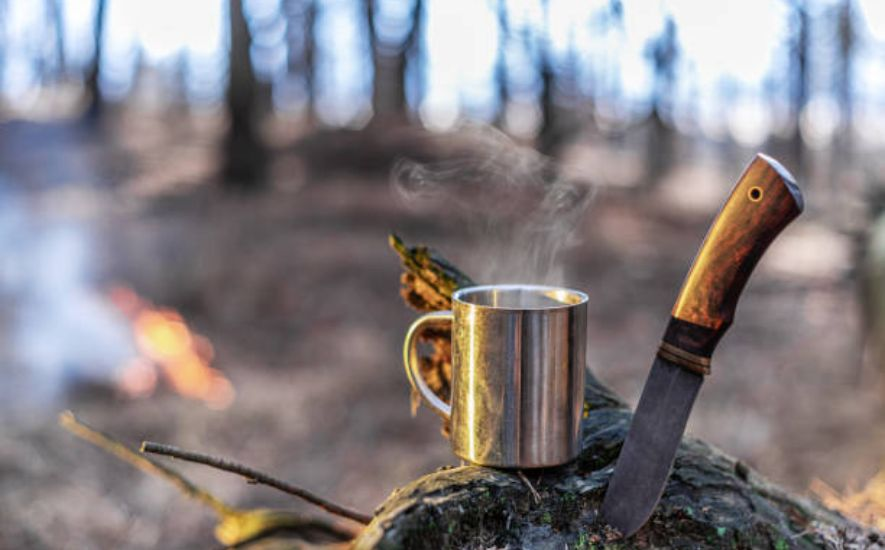
But what if you could create a unique tool that perfectly suits your needs and style? With some creativity and skill, you can customize your camping knife to make it unique.
Choose the Right Blade
The first step in customizing your camping knife is to choose the right knife blades. There are many different types of blades to choose from, each with its own strengths and weaknesses. Consider the type of camping you'll be doing and the tasks you'll need your knife for.
Design Your Handle
The handle of your camping knife is just as important as the blade. It should be comfortable to hold and provide a good grip, even in wet or slippery conditions. You can use many different materials for your handle, such as wood, bone, leather, or synthetic materials.
Consider the weight and balance of your knife when designing your handle. A heavier handle can provide more power and control, while a lighter handle can be easier to maneuver.
Add Personal Touches
Once you've chosen your blade and designed your handle, it's time to add some personal touches to your knife. This is where you can make your knife unique and special.
Consider adding engravings or etchings to the blade or handle, such as your name, a meaningful symbol, or a quote that inspires you. You can also add decorative elements, such as beads, stones, or carvings, to give your knife a personalized touch.
Test and Refine Your Knife
After you've customized your camping knife, testing it out and making any necessary refinements is important. Take your knife on a camping trip and use it for a variety of tasks to see how well it performs.
Pay attention to the weight, balance, and grip of your knife, as well as the sharpness and durability of the blade. If you notice any issues, make adjustments as needed to create the perfect tool for your camping needs.
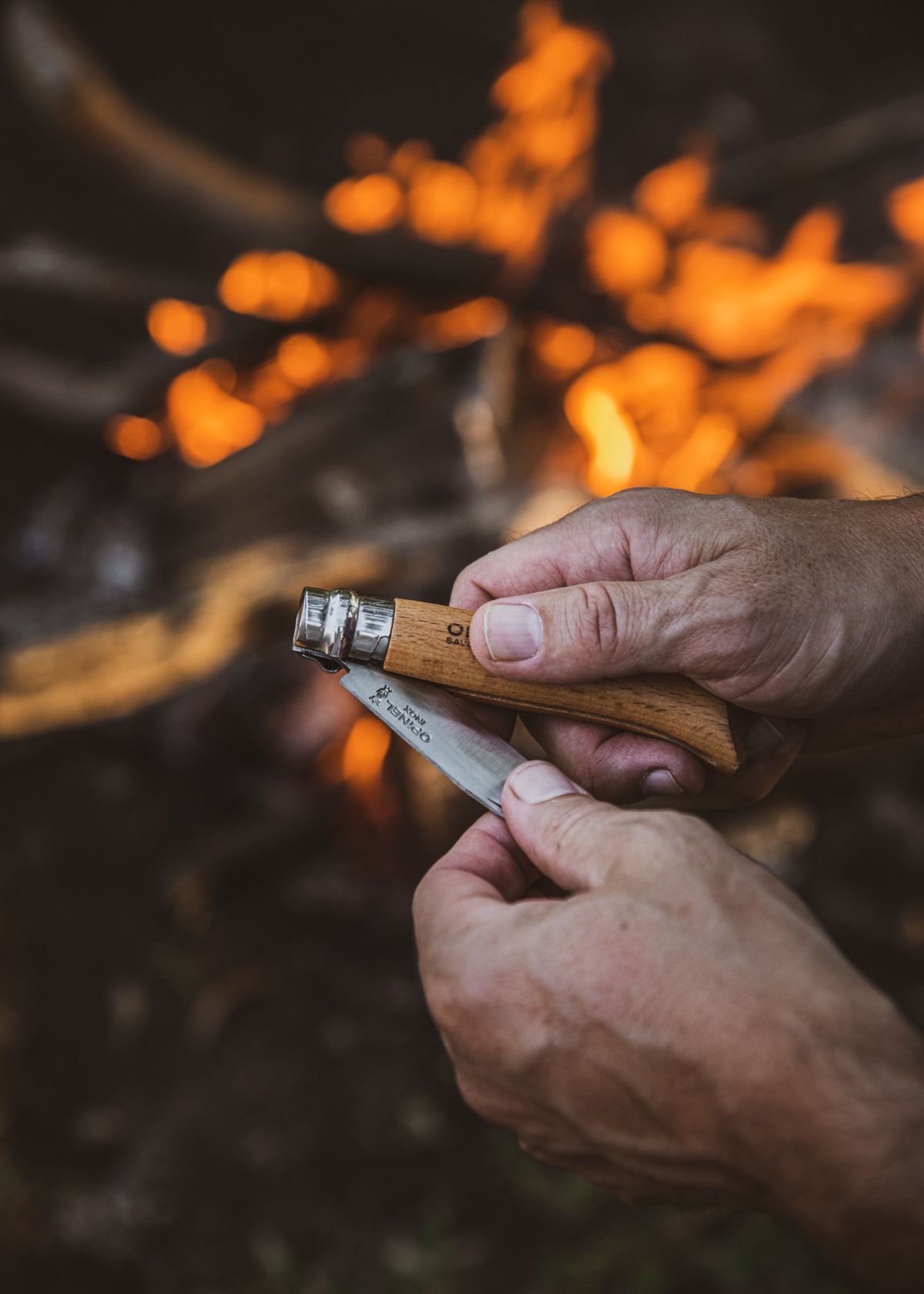
Science of Knife Sharpening
The science of knife sharpening is a fascinating and intricate field that has been honed over centuries. It is an art form that requires precision, skill, and patience, and its principles have been applied to everything from kitchen knives to surgical instruments.
Sharpening a knife involves removing material from the blade to create a sharp edge, and it requires an understanding of the metal's properties and how they can be manipulated.
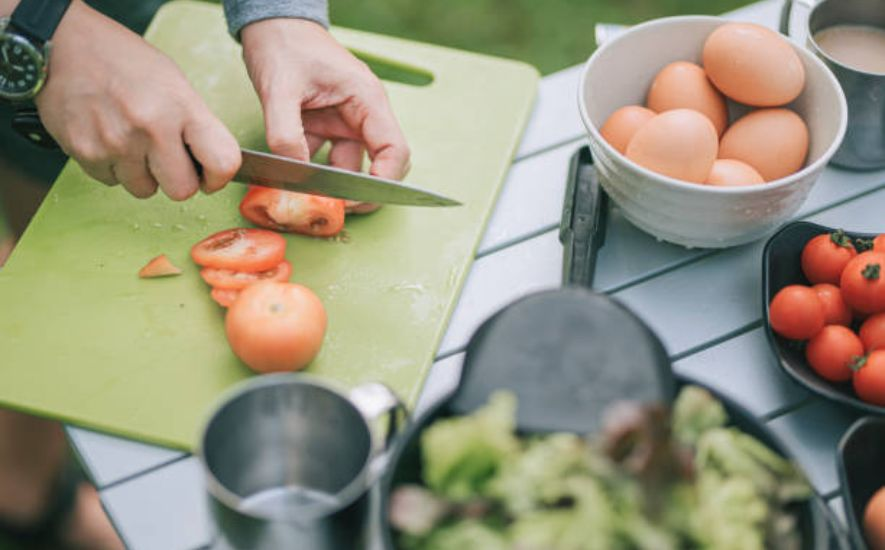
Sharpening Methods
There are many different methods of knife sharpening, each with its own advantages and disadvantages. The most common method is using a sharpening stone, which can be made from a variety of materials, including natural stones like Arkansas or synthetic materials like a diamond.
Materials Used
The materials used in knife sharpening can vary depending on the method being used. Natural materials like Arkansas stones or Japanese water stones are popular choices for sharpening stones. Synthetic materials like diamond stones are also commonly used.
Honing rods are typically made from ceramic, high-carbon steel, or diamond. Leather straps are often used to refine the edge after sharpening, and abrasive compounds like chromium oxide or diamond paste can be applied to the strop for added effectiveness.
Principles of Knife Sharpening
At its core, the science of knife sharpening is based on the principles of metal removal and the creation of a sharp edge. When a blade is sharpened, the material is removed from the edge, creating a bevel that tapers to a point.
The angle of this bevel can vary depending on the type of knife and its intended use. Sharpening aims to create a thin, sharp edge that will cut effectively and maintain its sharpness for as long as possible.
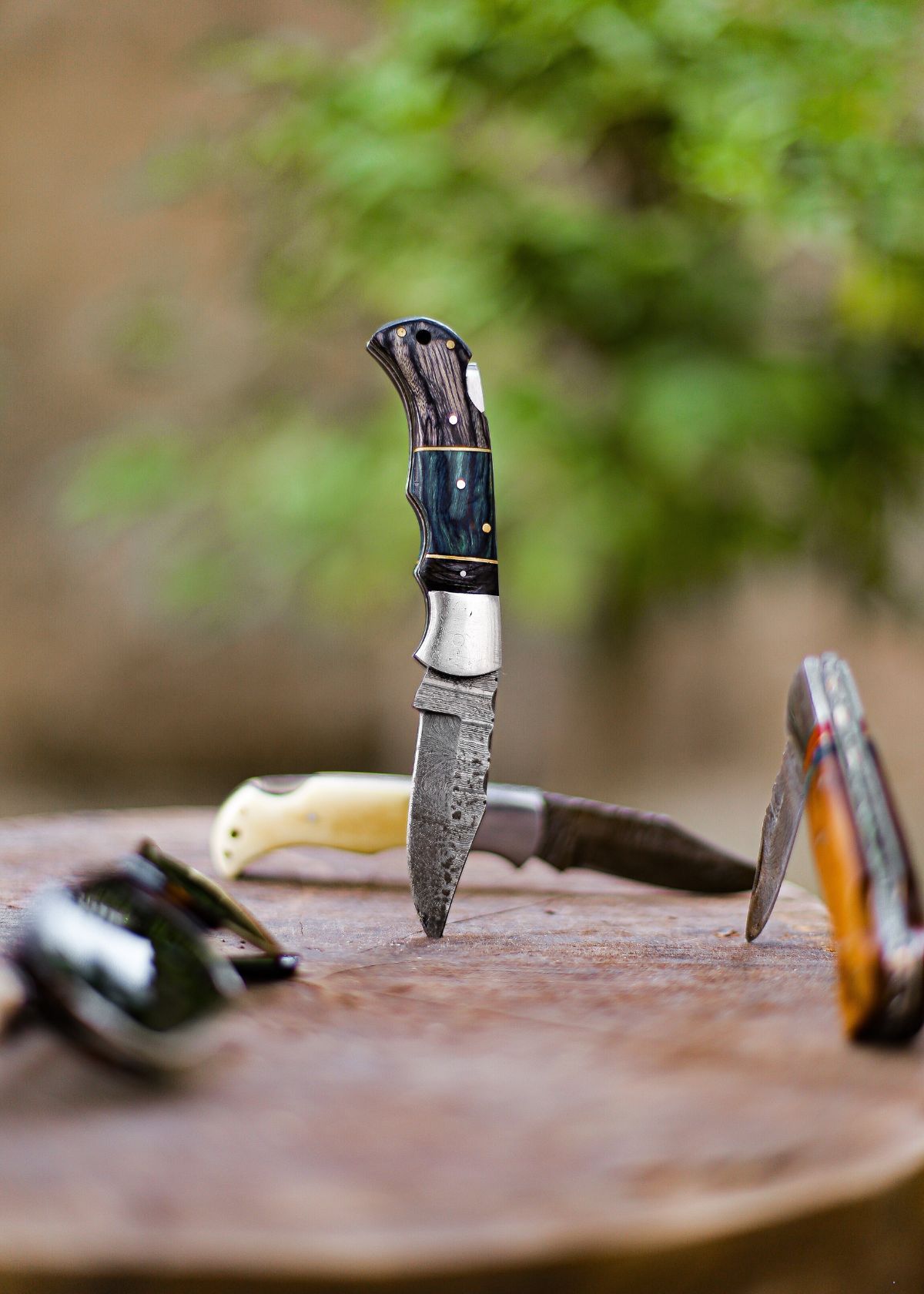
Ethics of Knife Ownership: Choosing a Camping Knife
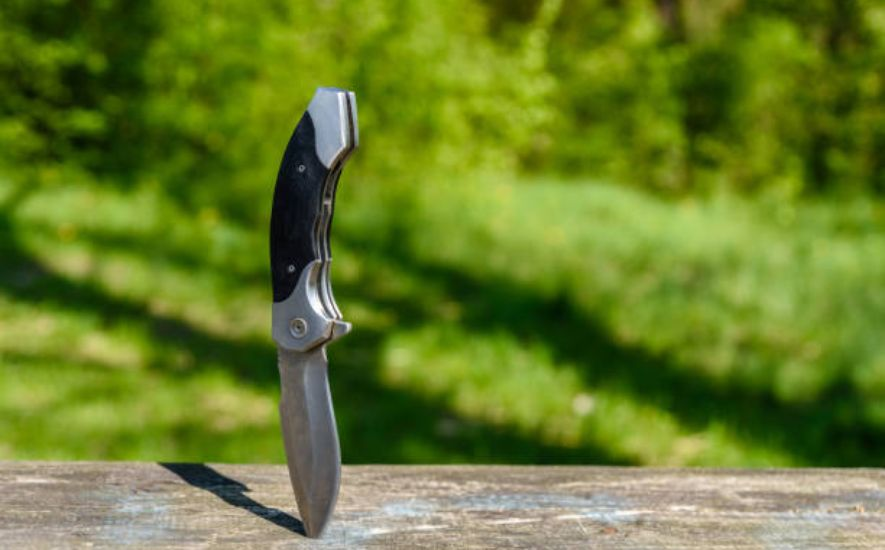
The ethics of knife ownership is a topic that has been debated for centuries. While knives can be essential tools for various purposes, they also possess the potential to cause harm. The debate on knife ownership often centers around the line between responsible use and dangerous behavior.
The Purpose of Knife Ownership
The primary purpose of knife ownership is to use it as a tool. Knives are useful for various activities such as cooking, hunting, camping, and even for self-defense. Owning a knife can be a practical and necessary tool for many people, from chefs to outdoor enthusiasts. Ethical considerations come into play when we consider the intention of the owner and the purpose for which the knife is used.
Responsibility and Safety
The ethics of knife ownership also include responsibility and safety. Knife owners must ensure that they use their knives safely and responsibly. This responsibility includes proper storage, maintenance, and handling of the knife. Knife owners should also be aware of their local laws and regulations on knife ownership and use.
Mental Health and Knife Ownership
Mental health is an essential consideration in the ethics of knife ownership. Individuals who struggle with mental health issues such as anger management, depression, or impulse control may not be suitable candidates for knife ownership.
In such cases, owning a knife could pose a risk to themselves and others. It is important to take a responsible and ethical approach to knife ownership, especially in cases where mental health is a concern.
The Role of Education and Training
Education and training play a crucial role in promoting responsible knife ownership. Many accidents involving knives occur due to a lack of knowledge or experience. Therefore, it is important to educate knife owners on safely handling and using knives. Training in proper knife techniques can also help to prevent accidents and ensure responsible knife ownership.
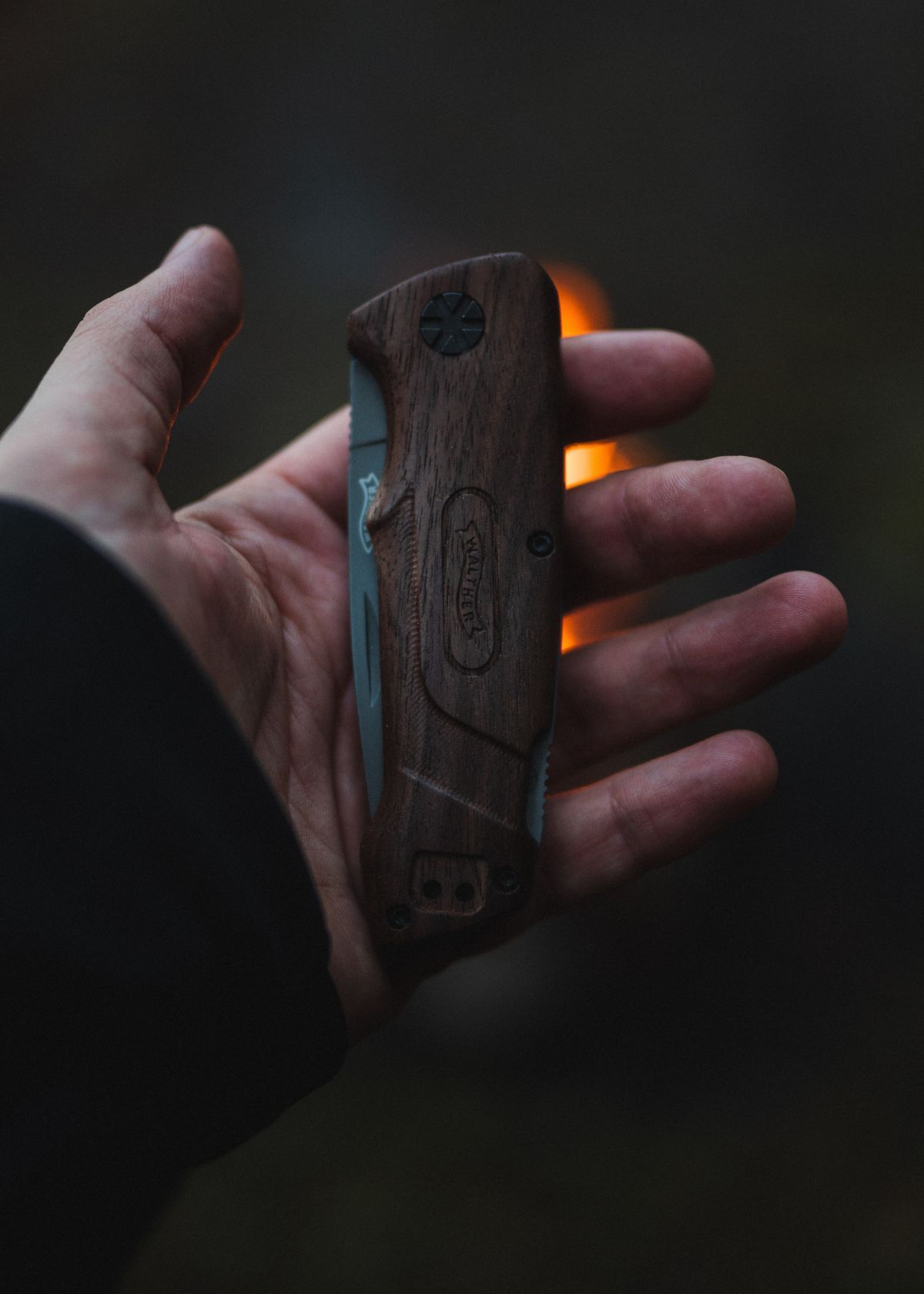
Frequently Asked Questions (FAQs)
When it comes to choosing the best camping knife, there are a lot of options. There are also quite a few questions that may pop up as you consider your options.
Here are some answers to frequently asked questions about camping knives:
What to look for when buying a camping knife?
When buying a camping knife, there are several important factors to consider:
- Blade Shape: Consider the shape of the blade that you need. A drop point blade is a good all-around choice, while a clip point blade is better for detail work. A tanto blade is good for piercing tasks.
- Handle Design: Look for a handle design that offers a secure grip, even when wet. A textured or contoured handle can provide added grip and comfort.
- Blade Edge: Consider the type of blade edge you need for your intended use. A straight edge is good for slicing and chopping, while a serrated edge is better for sawing and cutting through tough materials.
- Blade Thickness: Look for a blade that is thick enough to withstand heavy use, but not so thick that it is too heavy to carry.
What kind of knife do you need for camping?
When it comes to camping, a good all-purpose knife is a must-have. Here are some factors to consider when choosing a knife for camping:
Blade Size
A blade that is between 3 and 6 inches long is typically ideal for camping. Anything longer can be difficult to control, while anything shorter might not be able to handle heavier tasks like chopping wood.
Blade Shape
A straight-edge blade is best for slicing, while a serrated cutting edge is ideal for cutting through tougher materials like rope or branches.
Blade Material
Stainless steel blades are more durable and rust-resistant but can be more difficult to sharpen. Carbon steel blades are easier to sharpen, but are more prone to rust.
Handle Material
The handle should be comfortable to grip and provide a good grip even when wet. Common materials used for knife handles include wood, plastic, and rubber.
Extras
Multiple knives come with extra features like a saw or a can opener, which can be useful in certain situations.
Which is the best knife for camping?
The best heavy duty knife for camping depends on your individual needs and preferences. However, a good camping knife should have a strong, durable blade that can handle a variety of tasks, such as chopping wood, preparing food, and cutting rope. It should also have a comfortable grip that allows for easy handling and precision control.
Some popular options for camping knives include fixed-blade knives, folding knives, and multi-tools. Fixed blades are often preferred for their strength and durability while folding knives are more portable and convenient to carry. Multi-tools offer a variety of functions in one compact package.
How big of a knife do I need for camping?
The size of the knife you need for camping depends on the specific tasks you plan to perform with it. Generally, a knife with a blade length of 4-6 inches is sufficient for most camping tasks, such as preparing food, cutting rope, or carving wood.
However, if you plan to do heavy-duty tasks such as chopping wood or cutting through thick branches, a larger knife with a blade length of 7-10 inches may be more appropriate.
It's also important to consider the weight of the knife. A heavy knife may be useful for heavy-duty tasks, but it can also be cumbersome and tiring to use for extended periods. On the other hand, a lightweight knife may be easier to carry but may not be as sturdy or durable.
Conclusion
In conclusion, selecting the best camping knife is a crucial decision that can make or break your camping trip. The right knife can provide versatility, durability, and safety in the wilderness, while the wrong one can cause frustration and even danger.
Therefore, it is essential to consider your needs, budget, and preferences before purchasing. You can find the perfect camping knife that suits your specific requirements by assessing the blade material, size, weight, handle, and additional features. Remember that a good camping knife is not just a tool but also a reliable companion that can help you overcome any outdoor challenges and create unforgettable memories in the wilderness.
